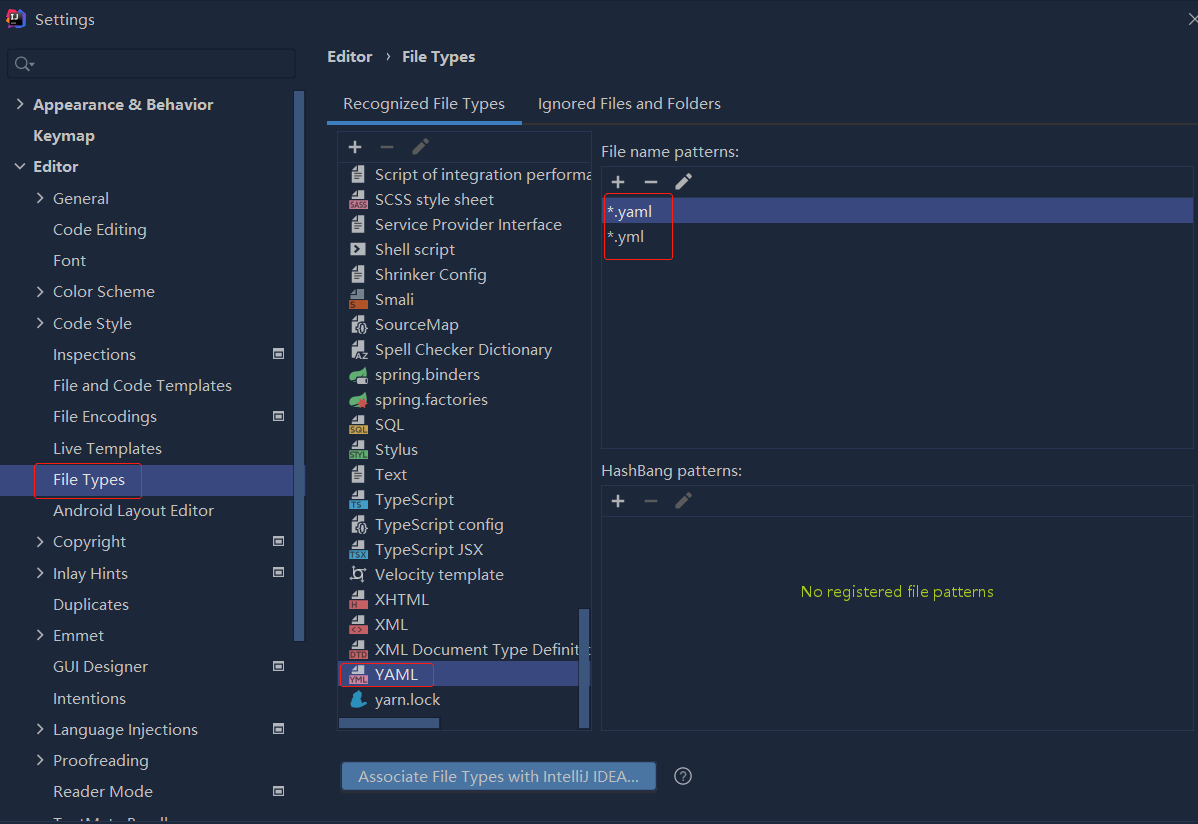问题描述
|
我正在使用在此处找到的Python-Oauth2库Django 1.3。我将最终使用这里的Twitter库。
我已经搜索了所有可以解决的问题,但是我看不到为什么出现此错误。当其他人问这个问题时,他们被告知这是因为他们没有要求authenticate(),但是我在登录名的上方有这个权限。
我设法弄清楚了失败的原因已通过某种方式引入了对Django的authenticate()的调用。我通过注释掉登录来确认这一点,该登录会立即消除错误。无论是个人资料/用户信息还是类似性质的身份验证都失败了。
这是我的views.py中的代码:
def twitter_authenticated(request):
# Step 1. Use the request token in the session to build a new client.
token = oauth.Token(request.session[\'request_token\'][\'oauth_token\'],request.session[\'request_token\'][\'oauth_token_secret\'])
client = oauth.Client(consumer,token)
# Step 2. Request the authorized access token from Twitter.
resp,content = client.request(access_token_url,\"GET\")
if resp[\'status\'] != \'200\':
print content
raise Exception(\"Invalid response from Twitter.\")
\"\"\"
This is what you\'ll get back from Twitter. Note that it includes the
user\'s user_id and screen_name.
{
\'oauth_token_secret\': \'IcJXPiJh8be3BjDWW50uCY31chyhsMHEhqJVsphC3M\',\'user_id\': \'120889797\',\'oauth_token\': \'120889797-H5zNnM3qE0iFoTTpNEHIz3noL9FKzXiOxwtnyVOD\',\'screen_name\': \'heyismysiteup\'
}
\"\"\"
access_token = dict(cgi.parse_qsl(content))
# Step 3. Lookup the user or create them if they don\'t exist.
try:
user = User.objects.get(username=access_token[\'screen_name\'])
except User.DoesNotExist:
# When creating the user I just use their screen_name@twitter.com
# for their email and the oauth_token_secret for their password.
# These two things will likely never be used. Alternatively,you
# can prompt them for their email here. Either way,the password
# should never be used.
user = User.objects.create_user(access_token[\'screen_name\'],\'%s@twitter.com\' % access_token[\'screen_name\'],access_token[\'oauth_token_secret\'])
# Save our permanent token and secret for later.
profile = Profile()
profile.user = user
profile.oauth_token = access_token[\'oauth_token\']
profile.oauth_secret = access_token[\'oauth_token_secret\']
profile.save()
# Authenticate the user and log them in using Django\'s pre-built
# functions for these things.
user = authenticate(username=access_token[\'screen_name\'],password=access_token[\'oauth_token_secret\'])
login(request,user)
return HttpResponseRedirect(\'/\')
解决方法
实际上,问题是我的身份验证视图函数中的身份验证调用由于密码(实际上是
access_token[\'oauth_token_secret\']
def twitter_authenticated(request):
auth_user
DEBUG = True
user = authenticate(username=\'blahblah\',password=access_token[\'oauth_token_secret\'])

 依赖报错 idea导入项目后依赖报错,解决方案:https://blog....
依赖报错 idea导入项目后依赖报错,解决方案:https://blog....
 错误1:gradle项目控制台输出为乱码 # 解决方案:https://bl...
错误1:gradle项目控制台输出为乱码 # 解决方案:https://bl...